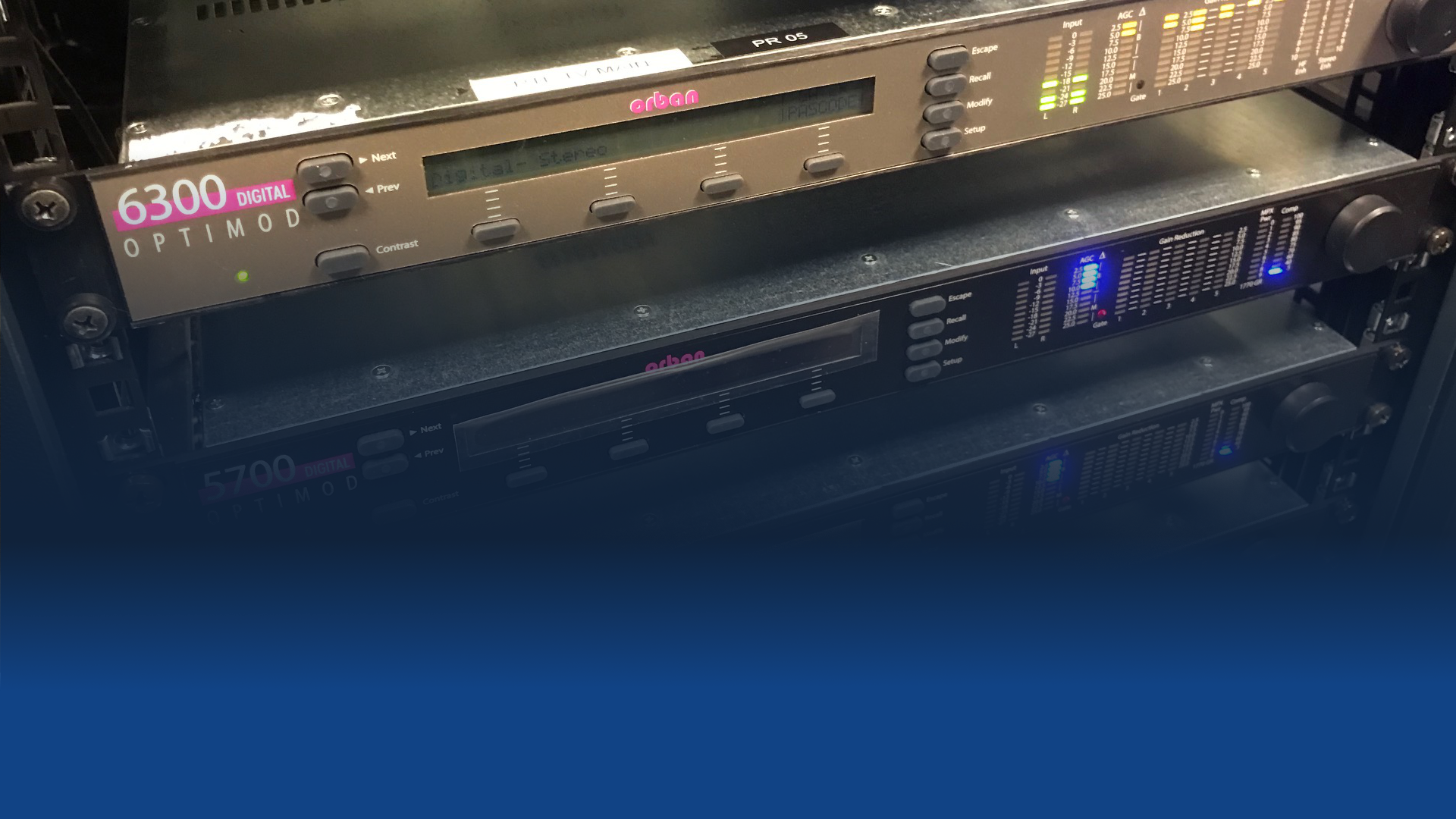What to consider when it comes to Audio Processing for DAB+
DAB+ is on the move. With more than 25 countries with a regular service and more than 25 countries that are currently running trials on DAB+ (source: WorldDAB.org), it becomes more and more important in the current broadcasting landscape. FM programmes are now also available as DAB+ programmes and at the same time, new DAB+ programmes are launched. Let’s have a look why an adequate Audio Processing is important for DAB+ transmissions.
First of all, there are some general reasons why Audio Processing is necessary, also in DAB+:
Compression of the dynamic range to make it easier for the audience to listen to the programme in noisy environments, for example in cars. In other situations, e.g. at home, the acoustic dynamic range might be even not desired to avoid disturbing family and neighbors with excessive sound levels.
Consistent presentation: The programme material from different producers can vary quite heavily. Most radio broadcasters agree that an overall consistency of sound texture and spectral balance contributes to a successful sonic image. Multiband compression can achieve this goal. By setting a target spectral balance and automatically re-equalizing programme material that does not have this balance, the multiband compression helps the radio station achieve the desired sound.
Increasing the relative loudness of the signal by comparison to an unprocessed signal normalized to the same peak level. This can be achieved by reducing the peak-to-average ratio of the signal. If several radio programmes share the same multiplex ensemble and have the same reach, one of the few things that the broadcaster can do to stand out from his neighbors/competitors is to broadcast a louder and punchier audio signal. Experience has shown that a combination of multiband compression and sophisticated peak limiting is the most effective way to do this. Of course, it is not the goal to be the loudest in any case, it is important to make sure your sound is clear and you have to avoid distortion.
Improving the speech intelligibility of programme material, e.g. incoming telephone calls. Properly designed multiband compression like that used in Orban’s Optimods can make startling improvements in this material without need for preprocessing in a production studio.
In addition to the reasons why audio processing is important in general, there are some special aspects when it comes to audio processing for DAB+. The main difference between processing for analogue and digital radio is the peak limiter technology. It is important to minimize audible peak-limiter-induced distortion when a low bitrate codec is used. The solution for this is to use look-ahead limiters instead of hard clippers. A look-ahead limiter’s gain control signal has a much lower bandwidth than that of a clipper and produces modulation sidebands that are less likely to be audible. Furthermore, pre-emphasis/de-emphasis limiters and/or clipping peak limiters which are used in conventional AM, FM, or TV audio processors do not work well with the HE-AACv2 audio codec that is used in DAB+. The pre-emphasis/de-emphasis limiting unnecessarily limits the high frequency headroom.
Orban has integrated look-ahead limiting technology in the OPTIMOD 6300 Audio Processor for the special purpose of processing DAB+ programmes. Additionally, it is also implemented it in the digital processing chain of the 8700i, 8700i LT, 8600Si and 5700i Audio Processors which allows these products to be used for FM and DAB+ at the same time. Of course, pre- pre-emphasis/de-emphasis limiting is only used in the FM transmission chain. The output levels can also be adjusted separately for the FM and the DAB+/Streaming path.
Besides that, Orban has integrated its so-called PreCodeTM technology in the OPTIMOD 6300. This manipulates several aspects of the audio to minimize artifacts caused by low bitrate codecs, ensuring consistent loudness and texture from one source to the next. PreCodeTM includes special audio band detection algorithms that are energy and spectrum aware. This can improve codec performance on some codecs by reducing audio processing induced codec artifacts, even with programme material that has been preprocessed by other processing than OPTIMOD.
For general information about DAB+ and the latest developments in various countries, you can visit the website of WorldDAB www.worlddab.org.

